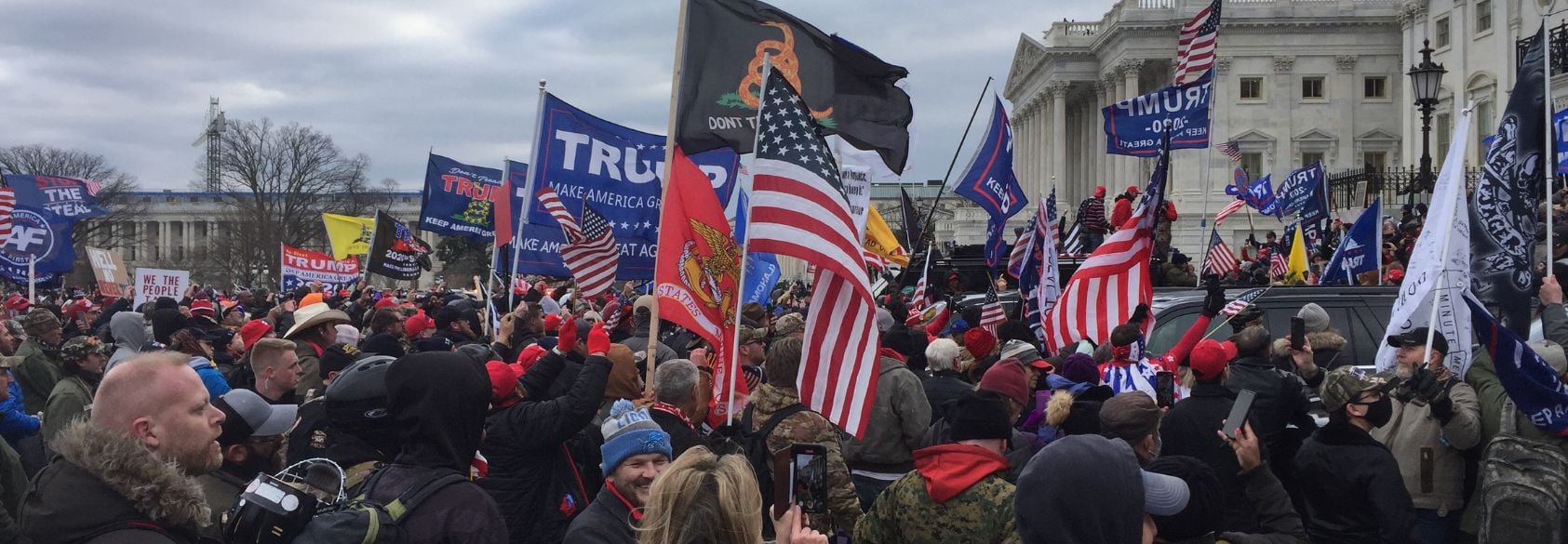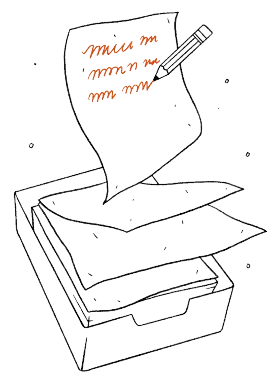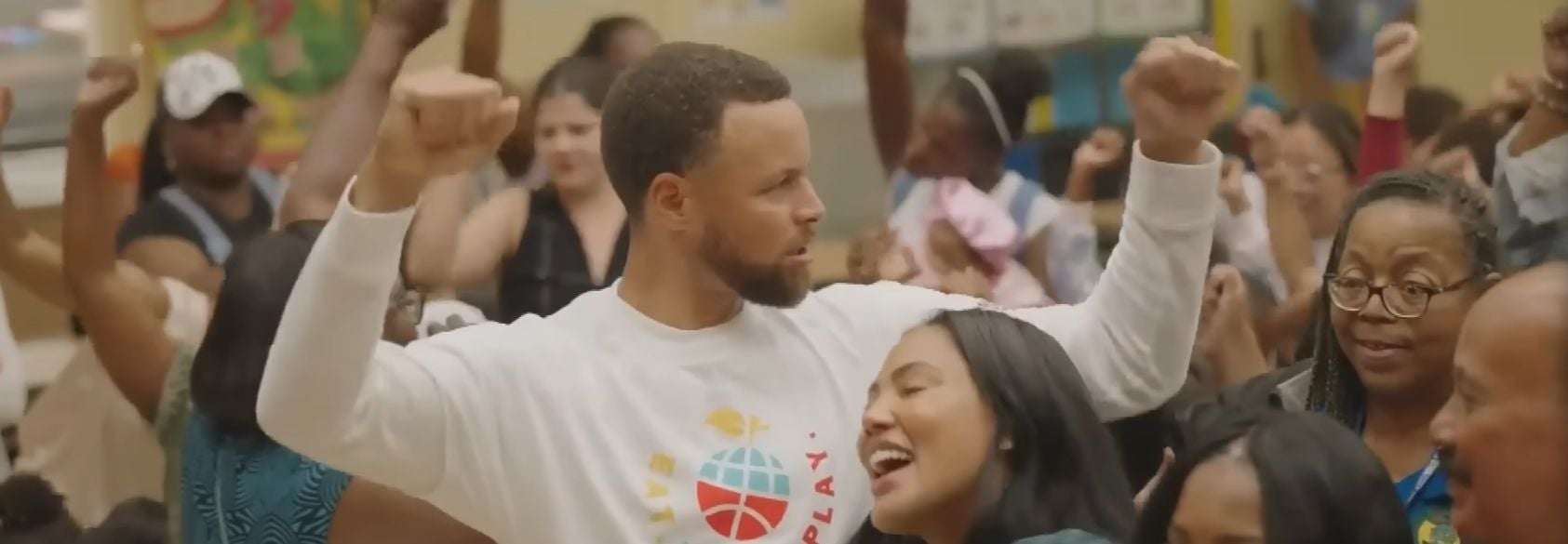Political scientist Robert Putnam has spent decades studying divisions over race, religion, culture, wealth, and how we might find our way back to a more unified nation. In this segment of Judy Woodruff's America at a Crossroads, Putnam discusses his idea that increasing personal isolation has led to our current political instability, and how community organizations can help solve the issue.
View the transcript of the story.
Discussion Questions
- Who is Robert Putnam, and what is his background?
- What is the main idea about politics in America in Putnam's book, "Bowling Alone"?
- How do isolation and loneliness lead to political extremism, according to Putnam?
- Why does Putnam think our current politics is like the Gilded Age of the late 1800s?
- When did isolation from community begin to change in the U.S., according to Putnam's book, "The Upswing"?
Focus Questions
In this segment, author Robert Putnam offers one theory, or central idea, about the reason politics in the U.S. have become so divided in recent years — that people have become lonely and isolated, and that leads to distrust.
- What is your theory? Why do you think politics today in the U.S. is notable for its "growing isolation, distrust, inequality and political discord" as Judy Woodruff describes it?
- What do you think can be done to counter this isolation and distrust?
Media literacy: Do you know what non-political organizations exist in your own community exist to bring people together to solve problems? How could you find out more about them?
Extension Activity
Author Robert Putnam's theory of U.S. politics, as described in this segment, suggests that by the early 20th century, community organizations played a key role in solving problems and helped end an era of political isolation and paranoia.
Learn more about that time using these case studies from Journalism in Action, our site dedicated to using primary sources to understand how the public learned about historic events. Read through one of the following case studies focused on the late 19th/early 20th centuries:
Find 2-3 examples of the public learning about injustice and working together to solve a problem. Do you think these examples support Putnam's theory? What are some of the ways the examples you chose reflect problems or challenges that still exist in the 21st century?
Republished with permission from PBS NewsHour Classroom.











